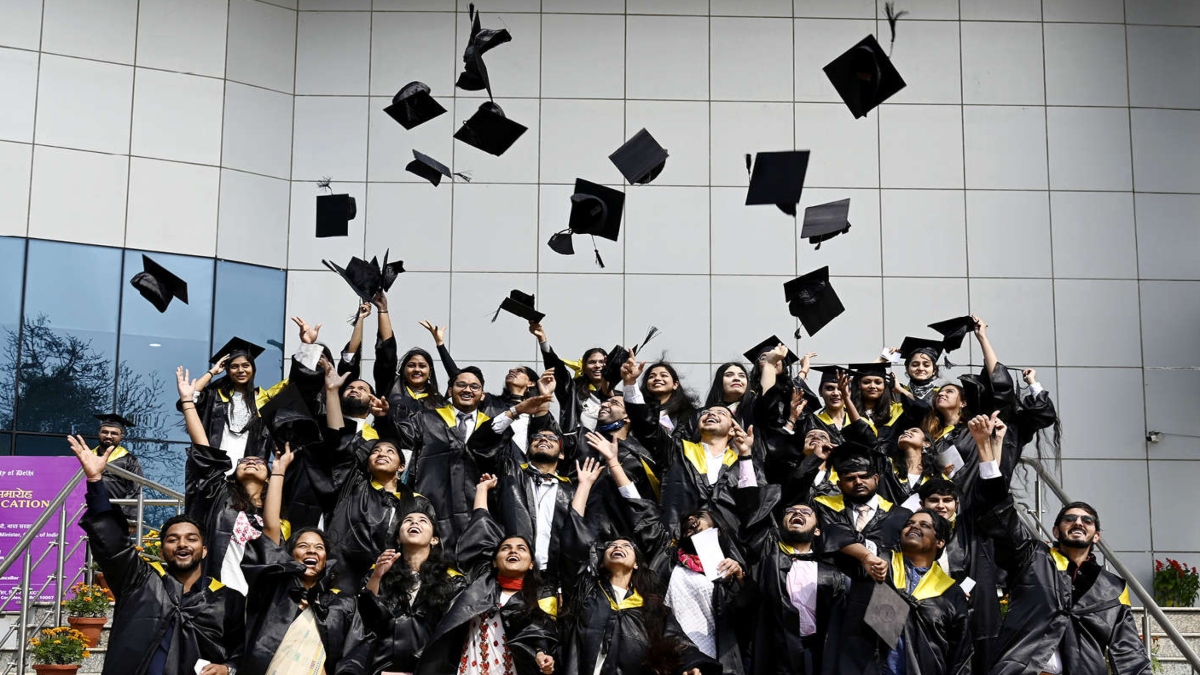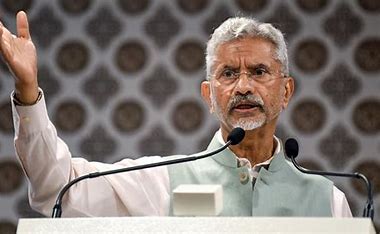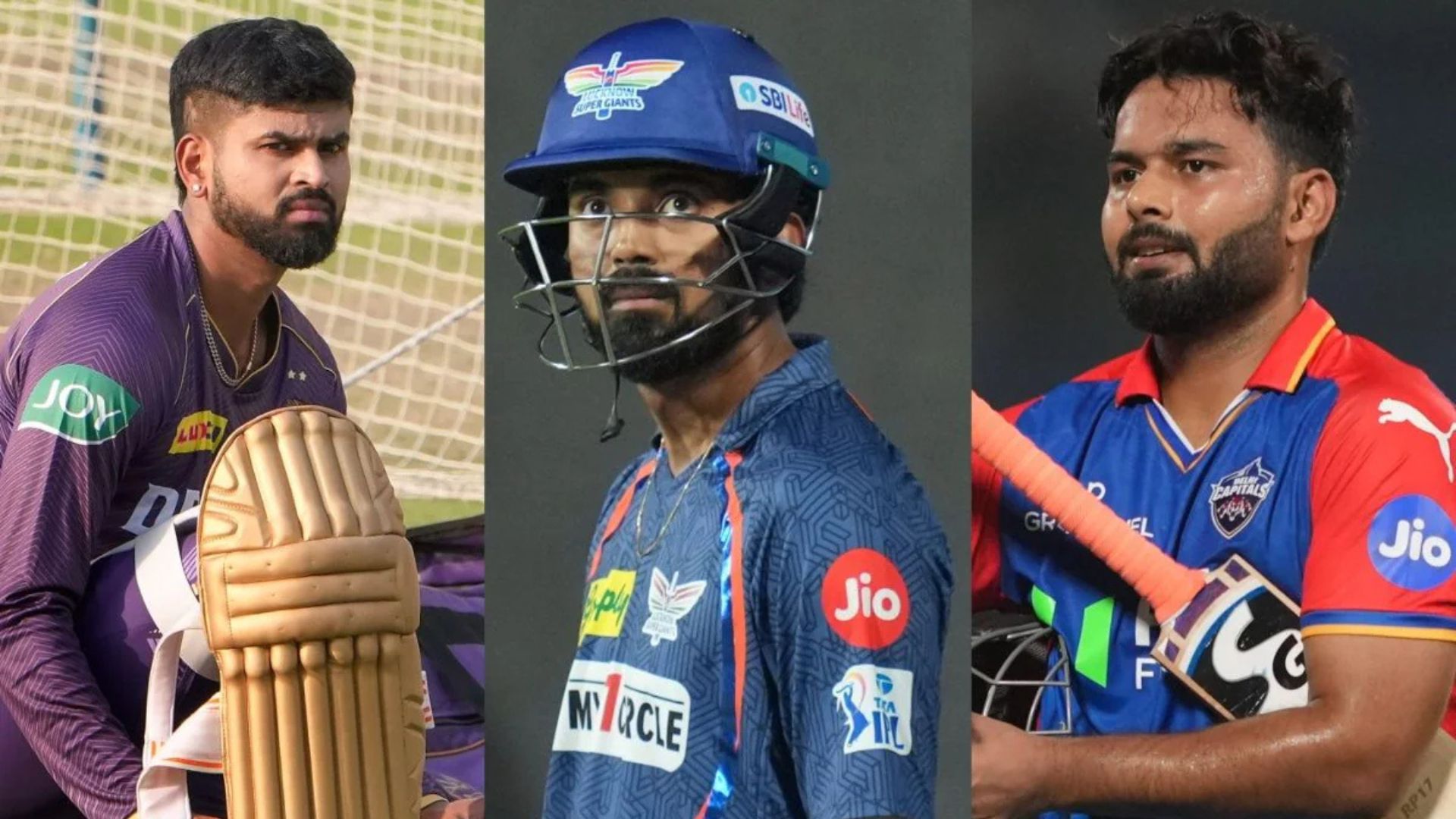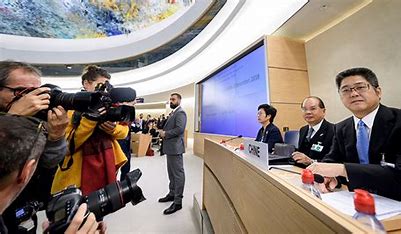
Philanthropy has been a worldwide phenomenon. It has played an outsized role in education since time immemorial. Higher education globally has remained largely dependent on philanthropy. It is evident from history that people from wholly different religions, backgrounds, and talents joined hands together to help make life better for others. They have spent all or part of their earnings to charitable causes. Obviously, such people unite in the belief that one could rise in reality only by raising others. They leave behind the legacy of life. And in doing so they truly immortalize themselves in this mortal world. It would seem sensible to suggest that lessons need to be learned from the experience of those who have made a difference in the lives of innumerable people through their benevolent actions.
Philanthropy has been a major source of funding in educational institutions from a very early time of the sixteenth century in the western world. Its history in modern India can be traced back to the time of the establishment of Hindu College at Calcutta in 1817. Philanthropy has not only benefitted the institutions to launch newer programs, cover the operational costs and improve the quality but also helped the government in increasing access and subsidizing the cost of higher education.
Traditionally, the role of private philanthropy in higher education has been much more in the west than in other parts of the world. Western countries have greatly promoted it by providing lots of incentives to philanthropists. The largest number of philanthropists providing donations to universities and colleges come from the United States followed by Great Britain. A cursory glance at the literature, however, reveals that in most cases the donors prefer the elite institutions and especially the ones which are either attended by them or by their own children.
Some prominent public-figures who are fondly remembered for their great philanthropic work in the western world are the likes of Roman Emperor Frederick for establishing University of Bologna, King Philip II of France for Paris university, King Henry VIII for Cambridge University, John Harvard for Harvard University, John D. Rockefeller for University of Chicago, Leland Stanford for Stanford university. Similarly, there have been well-known public-figures in India who are venerated for their monumental contributions in the establishment of a number of institutions like Jamsethji Tata for the Indian Institute of Science, Thakur Rabindra Nath Tagore for Viswa Bharati, Pandit Madan Mohan Malviya and Kashi Naresh Prabhu Narayan Singh for BHU, Sir Syed Ahmad Khan for AMU, Maharaja Sayajirao Gaekwad III for Baroda University, Sir Annamalai Chettiar for Annamalai university, Bal Gangadhar Tilak for Deccan Education Society, to name a few. Private philanthropy in India has played a very vital role in the past. In fact, high quality higher education in the past has come only through private initiatives. But somehow that kind of philanthropy seems to have lately dried up in India.
The good news, which comes more rarely than the others in recent times is about two Indian families coming together to donate large amounts of their earnings to one of the most premier institutions of the country. It becomes increasingly important when one hears such a piece of good news amid a rising tide of voices warning of cuts in public spending on education. Last week, the two most extraordinarily generous philanthropists and entrepreneurs, Subroto Bagchi and N S Parthasarthy have entered into a pathbreaking partnership with the Indian Institute of Science (IISc), Bengaluru to set up a post-graduate medical school with 800- bed multi-speciality hospital. The two families have declared that they would collectively donate Rs. 425 crore for the project. This partnership sends out an incredibly important message to all the stakeholders including the government, the corporate houses as also to other institutions of higher learning.
This great news has come at a time when higher education is facing a very uncertain financial future. The opening of medical school on the campus of the IISc is going to provide a much-needed fillip to its research programs on the one hand and community health services on the other. Besides, this initiative is going to be in line with the latest developments which would enable the institute to integrate medical sciences with its other highly specialized programs related to biological, chemical, physical, mathematical, mechanical, electrical, electronics, computer sciences leading to interdisciplinary research. The institute is going to have an edge over others in carrying out the most scientific advancements across different domains of knowledge since the new knowledge in present times lies at the intersections of different disciplines. Besides, this transformation will help the institute to prepare scientists and other specialists needed by the modern world. Simultaneously, this initiative as a whole is also going to improve the global ranking of the institute.
Most of the leading universities around the world recognized the significance of interdisciplinarity a long time ago. They had shunned the nineteenth-century model of the university system by dissolving the boundaries of structured disciplines like physics, chemistry, astronomy, zoology, Botany, etc. The best global universities of the world are those that have ensured the existence of universal knowledge on their campuses. Some of the most outstanding medical schools are the part of such universities as is evident from the curricular programs of universities like Harvard, Stanford, Columbia, Oxford, Cambridge, Pennsylvania, Kyoto, Peking, Tsinghua, National University of Singapore, etc. The things in India are still far from being ideal, with a majority of medical schools continuing in a stand-alone kind of game.
There are about 600 medical colleges and 60 odd stand-alone Post-graduate institute in the country. As against the global practice, only a minuscule proportion of these colleges is actually located on the campuses of the universities. Of the 45 Central universities that are directly funded by the University Grants Commission, only three of them have got the medical schools. Universities are the most suitable places for medical schools where even faculty from across basic sciences, as well as social sciences, can contribute to community health programs by participating both in basic as also in applied research, which is in a very poor state. While some of the private universities like Kalinga Institute of Industrial Technology, Bhubaneswar; Bhartiya Vidyapeeth, Pune; Amrita Vishwa Vidyapeetham have taken the lead in setting up medical schools, public universities lag far behind expectations.
The first thing that might come to one’s mind is as to why have Bagchi and Parthasarthy duo chose only the IISc out of 1101 degree-awarding institutions in the country for this partnership. Surely, they have not chosen it because it is a 113-year-old institution, nor because it was established by Jamsetji Tata and Krishna Raj Wadiyar IV, nor because it was supported by the likes of 7th Nizam of Hyderabad, nor because it was originally conceptualized by Sir William Ramsay, a Nobel Laureate and headed by eminent personalities like Prof. Morris Travers (co-worker of Ramsay) and Sir C V Raman.
Ostensibly, they have chosen the IISc because of its proven track record of academic excellence continuing in perpetuity for over a century. Surely, they must have been more than satisfied by evidence of its academic excellence and the capacity of its intellectual growth. They would have looked into the quality of its undergraduate, graduate, and doctoral programs and found them the best in their ratings. They must have been gratified to learn that the institute has been offering as many as 11 interdisciplinary research programs over and above 33 other programs in basic sciences, mathematics, engineering and allied disciplines. They must have also noticed that academic excellence is the top-most priority of the institute and that improved academic excellence happens to be the goal of its each and every department. They would have also been impressed by the academic credentials of its 500 odd faculty and its most ideal teacher-student ratio of 1:8. Besides, they would have been deeply impressed by the volume and quality of its research outputs. They must have also taken into consideration its overall performance in global rankings such as in THE Asia (36), QS Asia (51), QS BRICS (10), etc. Above all, they must have had informed confidence in institutional leadership for judicious use of their money.
It is a fact now that public funding for a long time is not keeping pace with the growing enrolment in higher education. In fact, budgetary allocation continues to be on the lower side and no specific schemes have been implemented for qualitative improvement of teaching and research during the last decade. It has had such an adverse impact that most of the schemes which were launched for the promotion of research and development both at national and international levels during the eleventh five-year plan had to be suspended midway because of the paucity of resources. Earlier, the central educational institutions used to have some added advantage in terms of research and developmental assistance as compared to the provincial institutions. But now there are growing doubts over their ability to come up with the necessary funds. Obviously, it is likely to take them on a downward trend.
Traditionally public universities in India have remained highly dependent on State aid. But due to frequent budget downturns and recovery shortfalls, universities are finding it increasingly difficult to support and nurture aspirations of a swelling diversified group of learners. Under the circumstances, they will have to look up alternate means of the mobilization of resources to meet their additional requirements. One such resource, among others, could be corporate philanthropy which of course would be extremely challenging but not impossible at least for a couple of Indian universities with potential for excellence.
Surely, there may be some more entrepreneurs and business moguls like Subroto Bagchi and N S Parthasarthy who would be ready to donate part of their wealth for a worthwhile cause provided universities forge alliances and convince them that their resources would be used for national prosperity. Clearly, the main criterion for them would be the value of their money. Some Indian philanthropists donate a great deal of money to foreign educational institutions. They might be happy to bequeath part of their earnings to universities with potential for excellence if they are ensured the best value for their money.
The tier-one universities that have the potential for excellence need to set aside their reservations and try to use their best endeavours to take inspiring leadership lessons from the Indian Institute of Science, Bengaluru. The secret of success will be to drive forward on multiple fronts at the same time. They will have to demonstrate that their academic programs are rated the best in present times and that their competent and talented faculty are singularly committed to preparing the youth for tomorrow’s world and that their interdisciplinary research outputs in frontier domains of knowledge are comparable with the leading institutions of the world. Besides, the universities authorities will have to prioritize their role and duties and set up a dedicated department for fundraising. Above all, they will also have to embark on proactive measures to motivate and encourage private donations in education and to earn the social trust, respect, and confidence of donors by being at their very best and bringing good value for money.
The writer is former Chairman, UGC. The views expressed are the writer’s personal.















